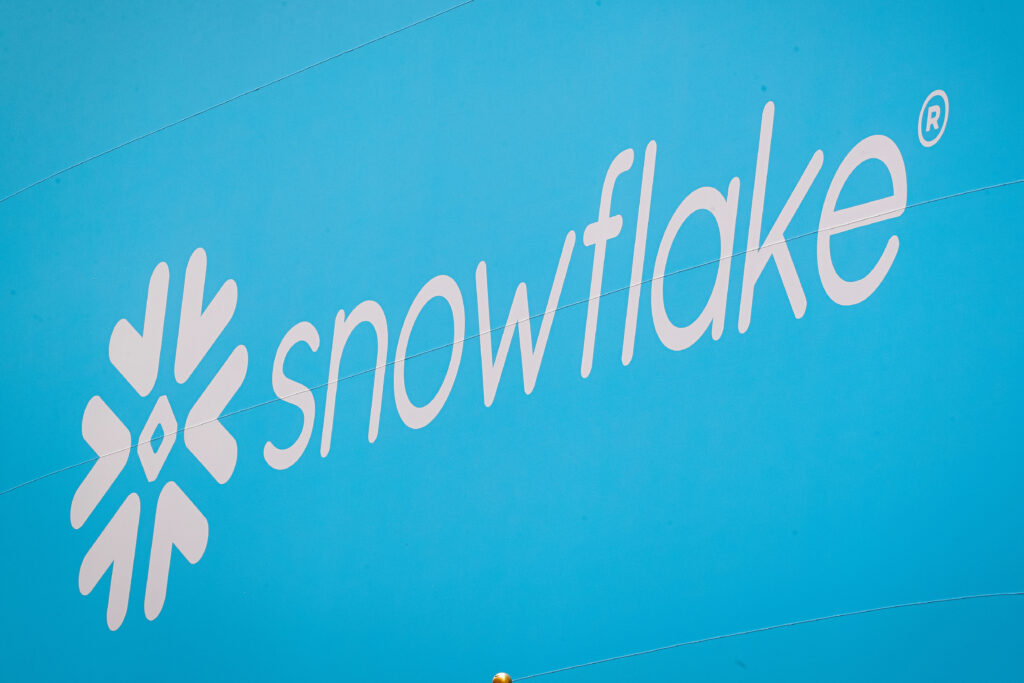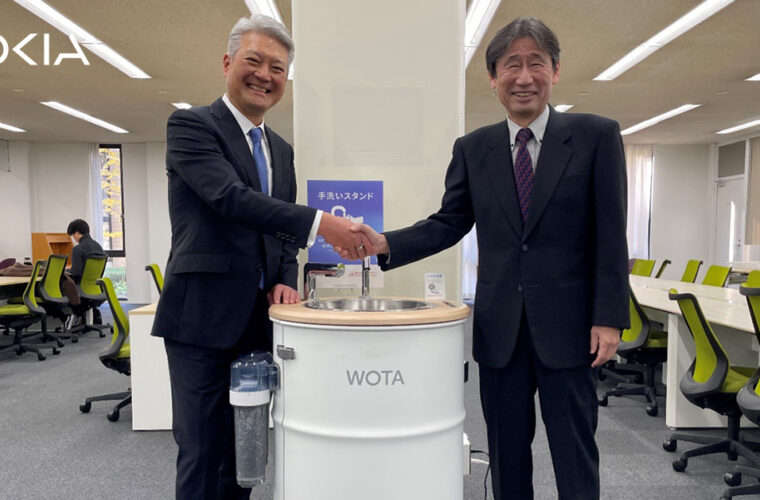By Arsheeya Bajwa
(Reuters) – Snowflake forecasted quarterly product revenue above estimates on Wednesday, as increasing adoption of artificial intelligence boosted demand for its data cloud offerings.
Shares of the Bozeman, Montana-based company surged nearly 7% in after-hours trading.
Spending on cloud-related software has been on the rise as more companies seek to benefit from an AI-linked rally in the technology sector over the past year.
Snowflake expects product revenue for the fourth quarter to be in the range of $716 million to $721 million, which is above analysts’ average estimate of $700.3 million, according to data from LSEG.
Worldwide end-user spending on public cloud services is forecast to grow 20.4% in 2024, according to research firm Gartner.
“Generative AI is at the forefront of customer conversations, which in turn drives renewed emphasis on data strategy in preparation of these new technologies,” CEO Frank Slootman said on an earnings call.
Earlier this month, the company launched the Snowflake Cortex service, aimed at enabling companies to build large language models which serve as the foundation of generative AI.

Slootman in a statement also attributed third-quarter results to execution in a “broadly stabilizing macro environment”.
For the third quarter, the company’s revenue rose 32% to $734.2 million, above estimates of $713.1 million.
Product revenue, which is derived from the consumption of compute, storage, and data transfer resources, was above estimates at $698.5 million for the quarter ended Oct. 31.
The company also raised its product revenue forecast for 2024 to $2.65 billion from $2.60 billion.
Excluding items, third-quarter profit per share was 25 cents, compared with analysts’ average estimate of 16 cents.



